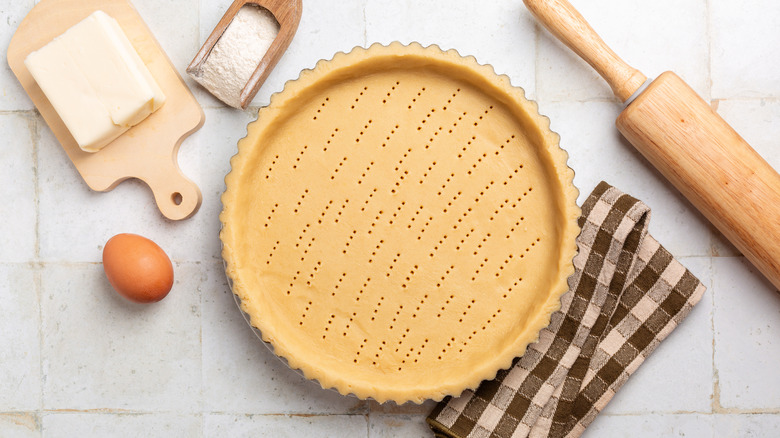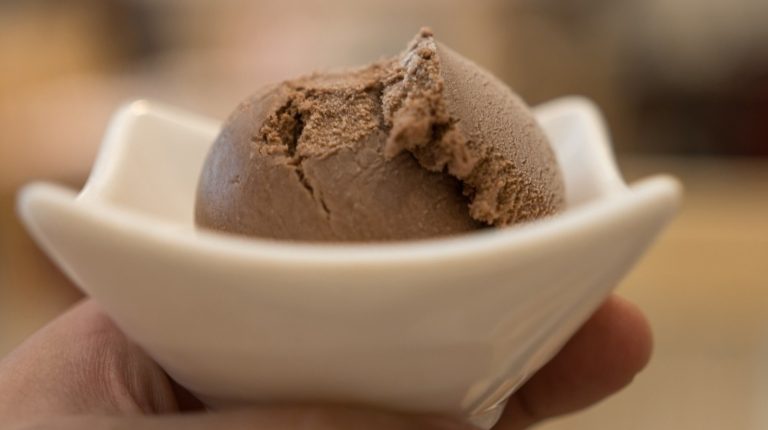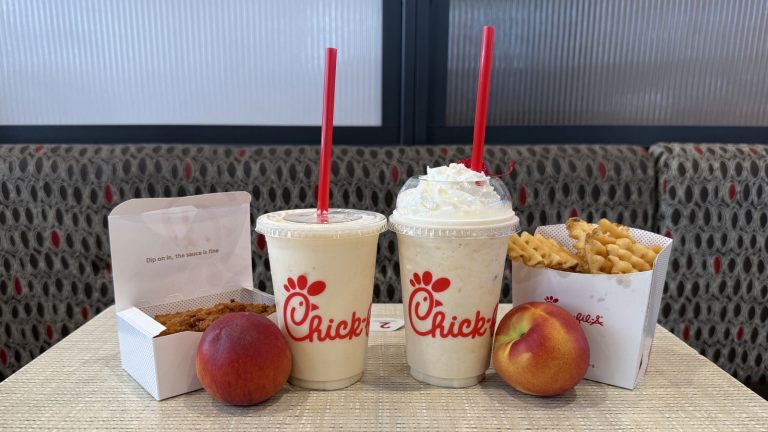If you’re unfamiliar with crostatas, they are at the top of our list of Italian desserts you should try at least once. Unlike pie (although we won’t judge you if you do), crostatas can be eaten for breakfast. Italians generally tend to eat smaller breakfasts of an espresso beverage and a sweet pastry, compared to the larger cooked breakfasts of Americans or a full English breakfast. Crostatas are similar to pies in that they both have a butter pastry dough shell and a fruity or otherwise sweet filling, usually covered with a lattice crust on top. While occasionally savory, the fillings are almost always sweet, and are usually made with fruit jam, sliced fresh fruit or whole berries, a creamy custard, fluffy fresh ricotta cheese, or even sometimes the classic chocolate and hazelnut spread Nutella.
Similar to American pies that use fresh fruit, rather than canned, the filling of a crostata is generally reflective of the season. Seasonal fillings like apples or pears in the fall, and berries or apricots in the summer are popular, but jams, marmalades, and pastry creams can appear any time of the year as they are not dependent on fresh, local produce. While pies are baked in pie dishes — usually glass, ceramic, or metal with high, outwardly angled sides — crostatas tend to me made in a more shallow metal tin that has vertical sides, usually fluted, with a removable bottom known as a tart pan.
Crostata crust is easier to work with than pie dough
Crostatas are usually a bit more rustic and forgiving than a traditional American pie, as you don’t need to worry about achieving delicate flaky layers in the dough. The ratio of crust to filling differs as well, whereas pies usually have a thinner crust with generous filling of at least an inch or so high, while crostatas have thicker bottom of crust and a smaller amount of filling. Unlike classic pie dough, pasta frolla, the Italian name for the sweet pastry dough, is usually made with the addition of eggs, either whole or just the yolks, rather than just flour and butter like a traditional pie crust, as well as the inclusion of sugar, usually either granulated or powdered.
While the dough still requires rolling out like a pie dough, crostata’s pasta frolla is more pliable and easier to work with due to the presence of eggs and sugar in the dough. The beauty of a crostata is that it does not require fluting or crimping the edges of a pie dough to make the edges beautiful, as the fluted tart pan has attractive edges built right in without the frustrating and often flustering process of attempting the fluting by hand. Next fall when you are preparing for Thanksgiving or other seasonal festivities, if apple pie seems daunting, make a crostata for an easier treat instead of fussing with a finicky pie dough. You can also really lean into the fall flavors with our maple apple crostata recipe.






